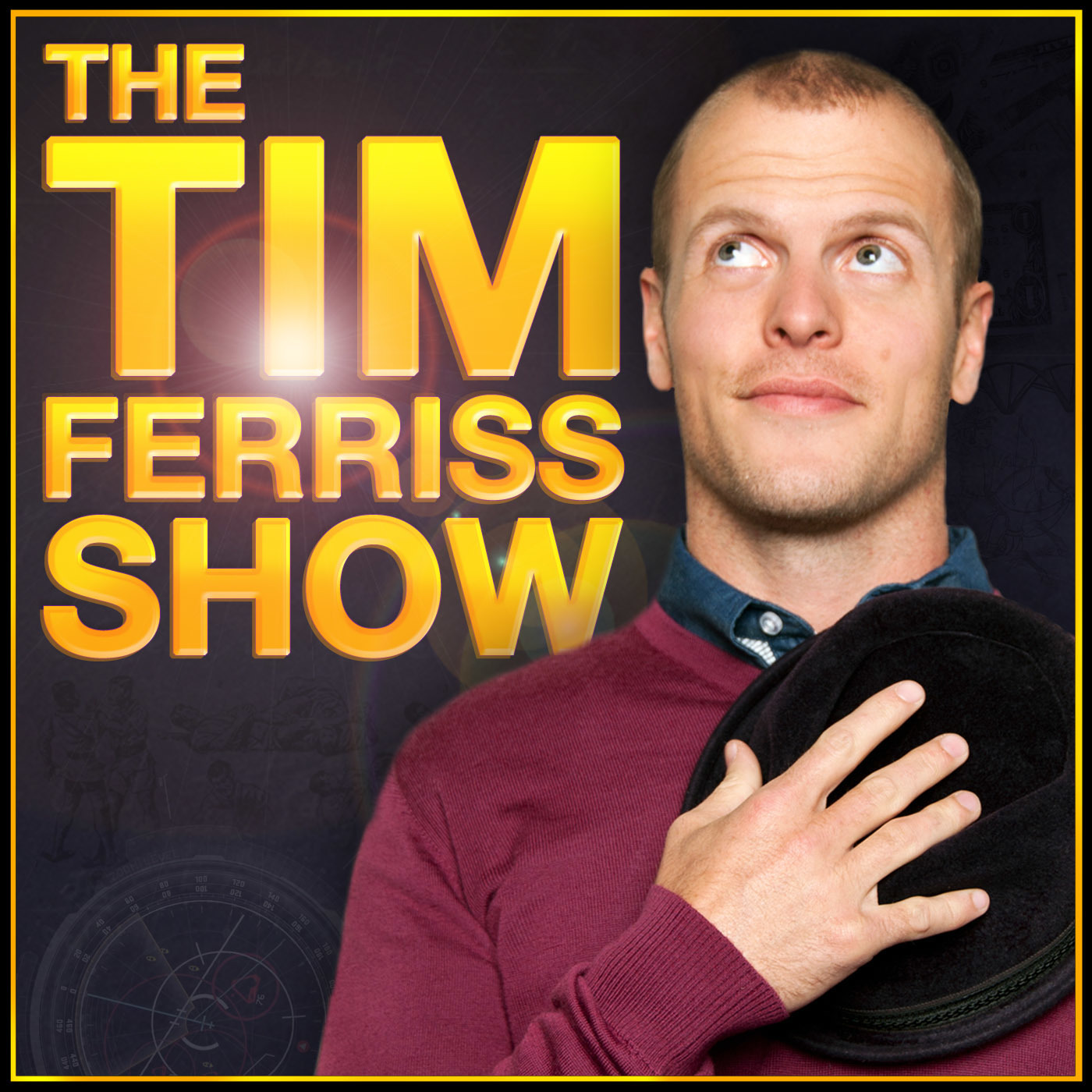Ranked #1

The WildLife: The Secret Life of Seahorses, Helen Scales
The WildLife: The Secret Life of Seahorses, Helen Scales
Helen Scales, author of Poseidon’s Steed: The Story of Seahorses from Myth to Reality, reveals the unusual anatomy and s... Read more
29 Aug 2011
•
1hr
Ranked #2

The WildLife: CITES CoP16 Outcomes, CITES Secretary-General John Scanlon
The WildLife: CITES CoP16 Outcomes, CITES Secretary-General John Scanlon
John Scanlon, Secretary-General of the Convention on International Trade in Endangered Species (CITES), provides his p... Read more
18 Apr 2013
•
37mins
Ranked #3

The WildLife: Polar Bears, Global Warming and CITES Decision, Steven Amstrup
The WildLife: Polar Bears, Global Warming and CITES Decision, Steven Amstrup
Dr. Steven Amstrup has been studying polar bears and their habitat since 1980, and much of what we know about them, and... Read more
22 Mar 2013
•
48mins
Ranked #4

The WildLife: CITES Secretary-General John Scanlon
The WildLife: CITES Secretary-General John Scanlon
John Scanlon, Secretary-General of the Convention on International Trade in Endangered Species (CITES), reflects on the ... Read more
24 Feb 2013
•
46mins
Ranked #5

The WildLife: A Lifetime with Elephants, Iain Douglas-Hamilton
The WildLife: A Lifetime with Elephants, Iain Douglas-Hamilton
Iain Douglas-Hamilton reflects on a lifetime studying elephants and discusses the current surge in ivory poaching.At age... Read more
21 Feb 2013
•
21mins
Ranked #6

The WildLife: Celia's Campaign Against the Elephant Ivory Trade, Celia Ho
The WildLife: Celia's Campaign Against the Elephant Ivory Trade, Celia Ho
Fourteen-year-old Celia Ho from Hong Kong recently launched a campaign to stop the ivory trade after becoming inspired ... Read more
18 Feb 2013
•
25mins
Ranked #7

The WildLife: Carbofuran impacts and forensic considerations, Ngaio Richards
The WildLife: Carbofuran impacts and forensic considerations, Ngaio Richards
Carbofuran was developed in the 1960s to replace more persistent pesticides such as DDT. Since then it has repeatedly be... Read more
29 Jan 2013
•
18mins
Ranked #8

The WildLife: The Rhino DNA Index System and it's Role in Anti-Poaching Efforts, Cindy Harper
The WildLife: The Rhino DNA Index System and it's Role in Anti-Poaching Efforts, Cindy Harper
The Rhino DNA Index System (RhODIS) is a secure database containing DNA profile data of individual rhinoceros. The extra... Read more
23 Jan 2013
•
20mins
Ranked #9

The WildLife: Nature Walks and Backyard Wildlife, Mark Fraser
The WildLife: Nature Walks and Backyard Wildlife, Mark Fraser
Naturalist Mark Fraser shares his enthusiasm for wildlife and reveals simple things you can do to help wildlife in your... Read more
3 Oct 2011
•
57mins
Ranked #10

The WildLife: Detection Dogs and Wildlife Conservation, Megan Parker
The WildLife: Detection Dogs and Wildlife Conservation, Megan Parker
Megan Parker, Executive Director and Co-Founder of Working Dogs for Conservation, reveals the secrets of using detectio... Read more
26 Sep 2011
•
1hr














